A second earthquake, measuring 2.9 on the Richter scale, was felt this Sunday in the municipality of Povoação, on São Miguel Island, as reported by the Regional Civil Protection and Fire Service of the Azores (SRPCBA).
According to a statement from SRPCBA, the tremor was recorded by the Azores Seismovolcanic Information and Surveillance Center (CIVISA) at 15:57 local time (16:57 in Lisbon) and had its epicenter about 13 kilometers south-southwest of Faial da Terra.
"According to the information available so far, the earthquake was felt with a maximum intensity of III (Modified Mercalli Scale) in Povoação," the note added.
The Portuguese Institute of the Sea and Atmosphere (IPMA) also issued a statement about this earthquake, assigning it a magnitude of 2.8 and an epicenter about 14 kilometers south-southeast of Ribeira Quente.
The earthquake occurred after the recording of another of greater magnitude—3.1 according to CIVISA and 3.0 according to IPMA—registered at 07:15 local time (08:15 in Lisbon) and with an epicenter about 15 kilometers south-southeast of Ribeira Quente.
The tremors are part of the increased seismic activity observed since Wednesday south of São Miguel Island, in the municipality of Povoação, with 21 earthquakes felt so far, whose maximum intensity reached III/IV on the Modified Mercalli Scale.
In a statement, CIVISA indicates that seismic activity continues, "remaining slightly above reference levels."
The seismicity has been marked by "low magnitude events, located in the sea, roughly between 10 and 20 kilometers south of the municipality of Povoação."
"The observed activity pattern suggests that seismicity will continue in the coming hours, and new felt earthquakes may occur," it adds.
CIVISA recommends avoiding circulation in unstable areas near slopes and coastal cliffs, as well as staying in buildings with low resistance to seismic action.
According to the Richter scale, earthquakes are classified according to their magnitude as micro (less than 2.0), very small (2.0-2.9), small (3.0-3.9), light (4.0-4.9), moderate (5.0-5.9), strong (6.0-6.9), large (7.0-7.9), important (8.0-8.9), exceptional (9.0-9.9), and extreme (when greater than 10).
The Modified Mercalli Scale measures the "degrees of intensity and their respective description."
With an intensity of III, the tremor is considered weak, felt indoors, and hanging objects swing, generating a "vibration similar to that caused by the passage of heavy vehicles," describes IPMA on its website.
With an intensity of IV, considered moderate, "hanging objects swing, the vibration is similar to that caused by the passage of heavy vehicles or the sensation of a heavy ball hitting the walls, parked cars rock, windows, doors, and dishes shake, glasses and dishes collide or clink, and at the upper end of this degree, walls and wooden structures creak."

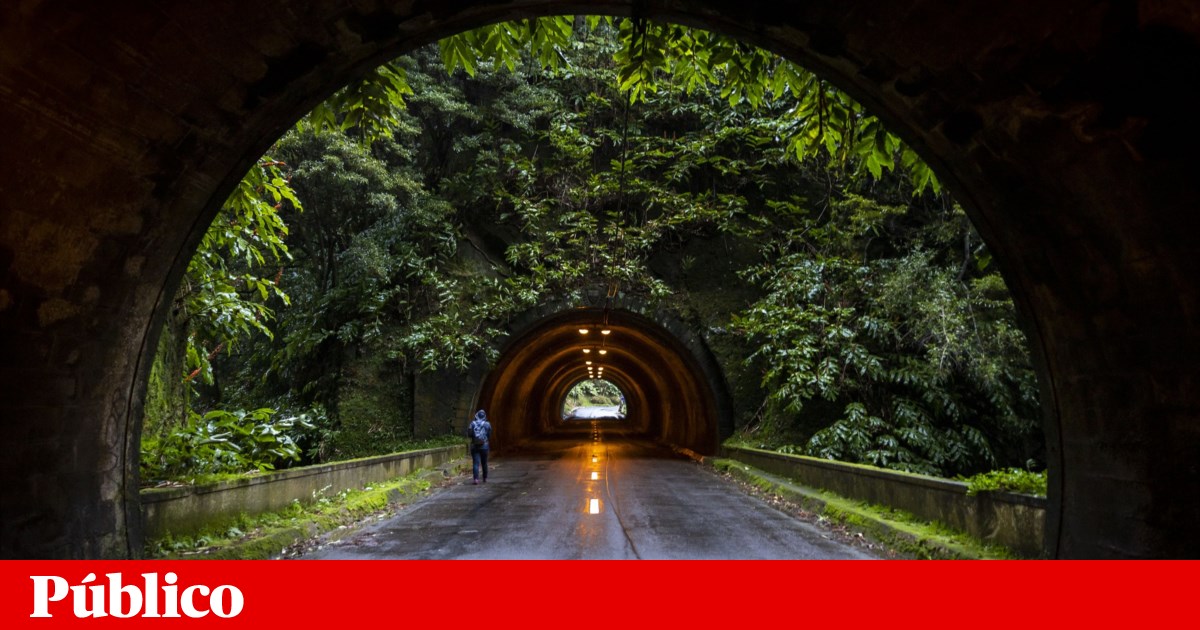

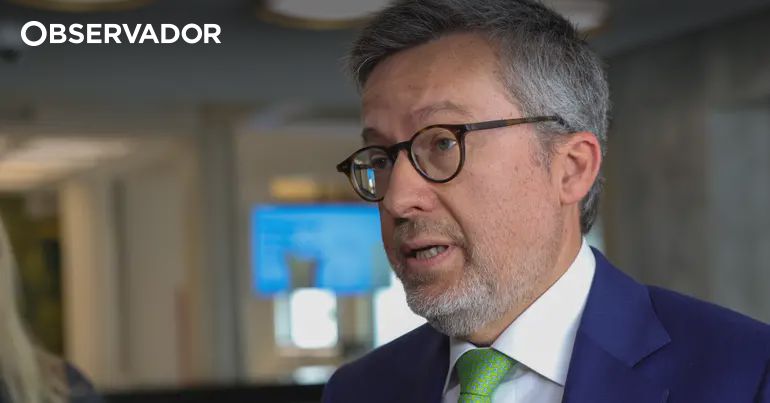

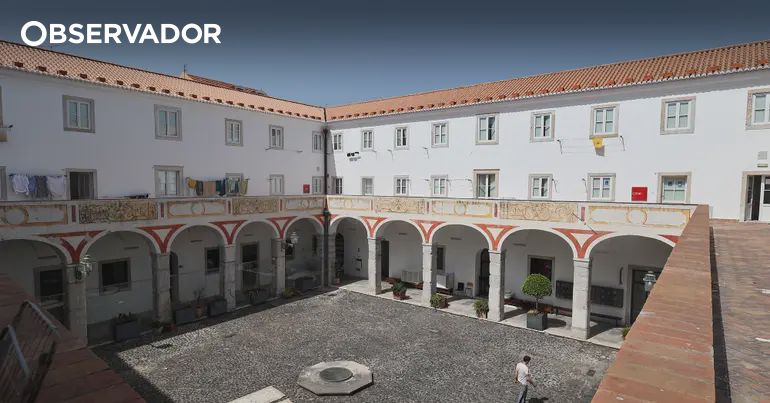

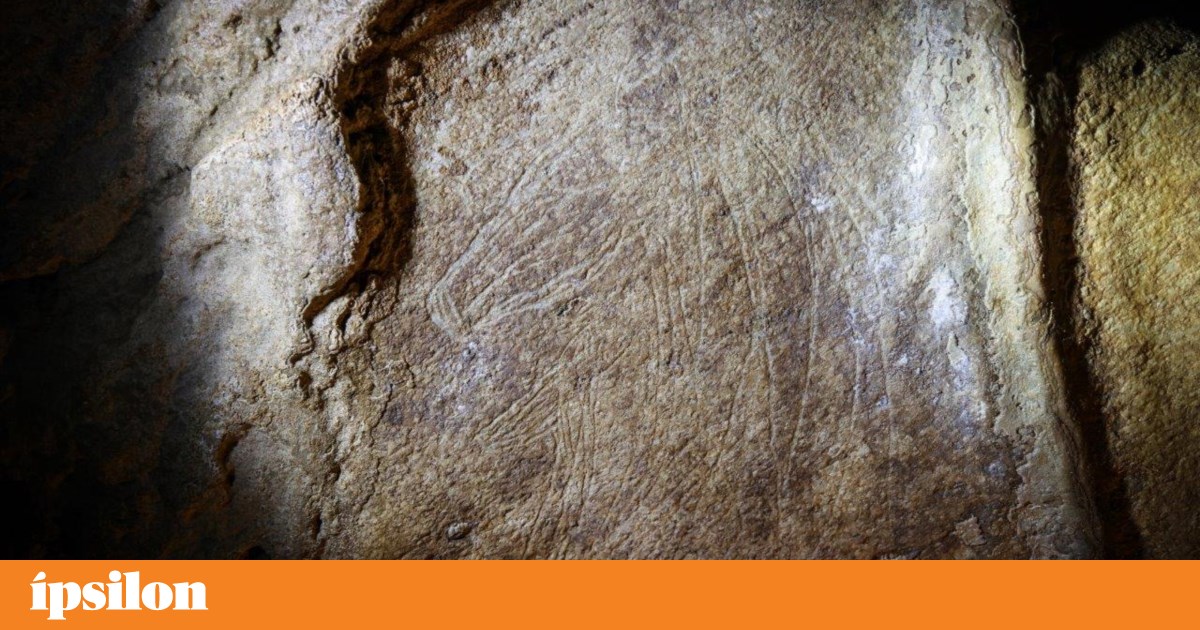
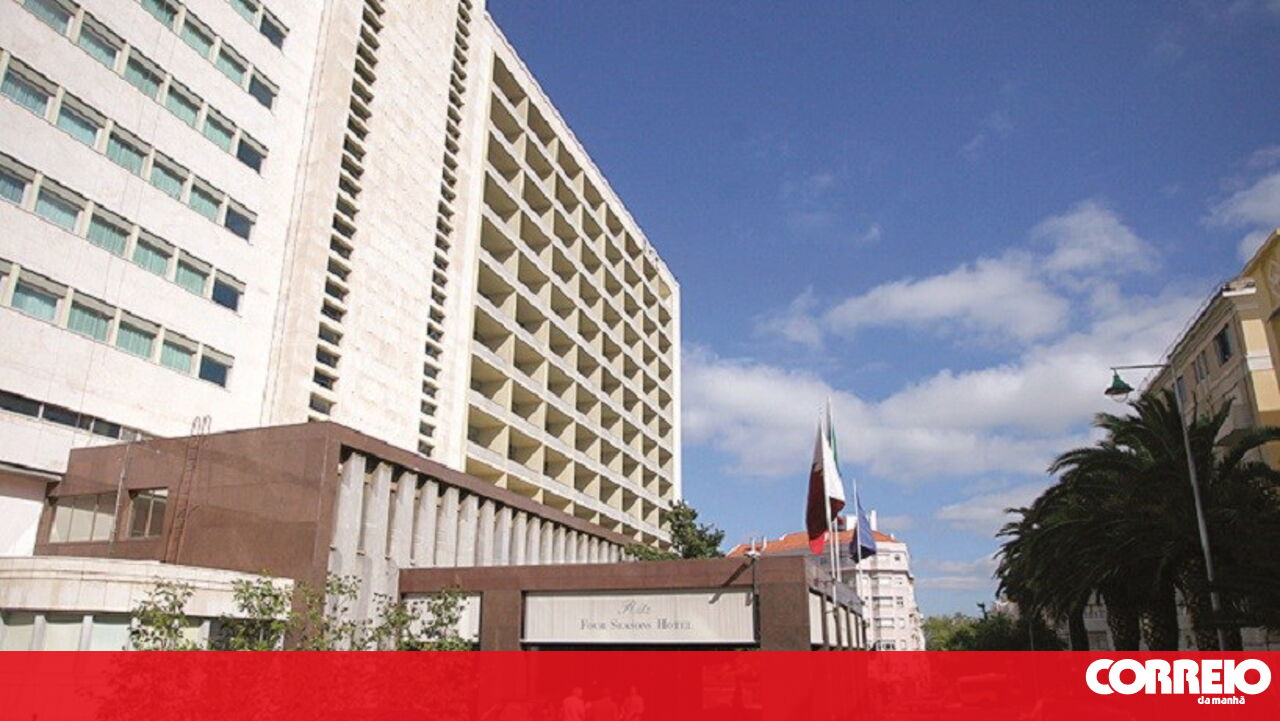
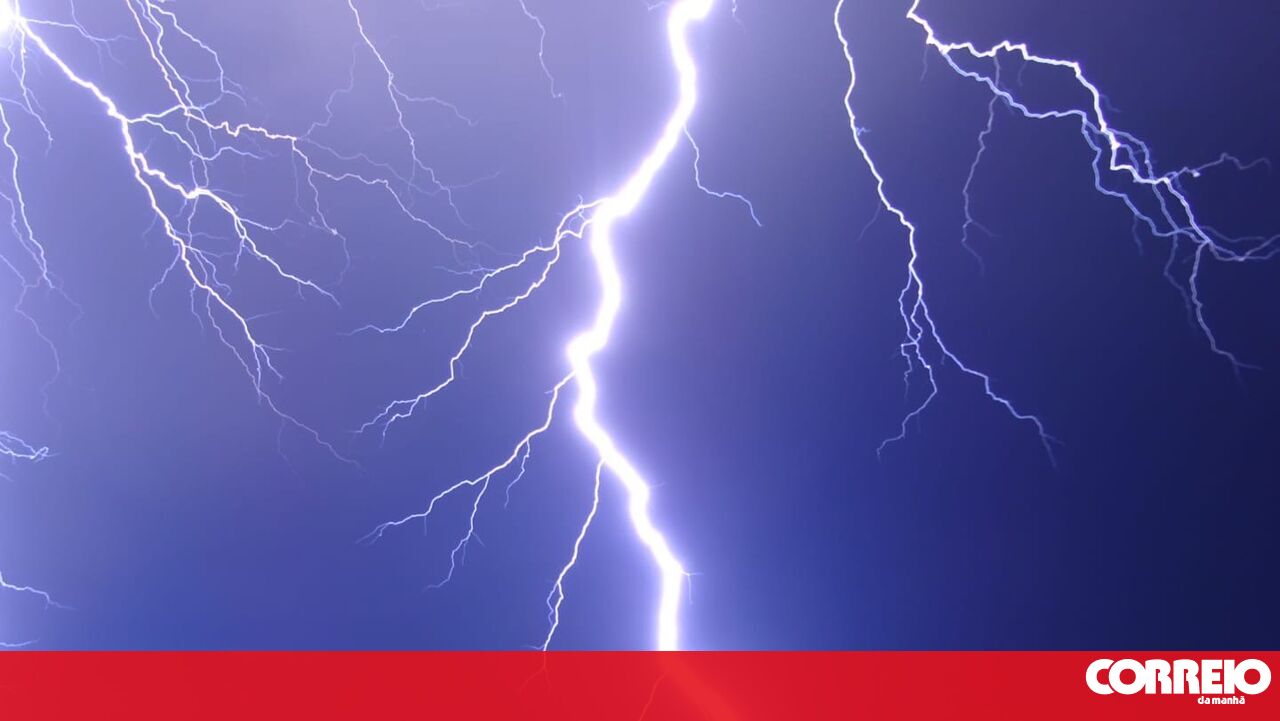
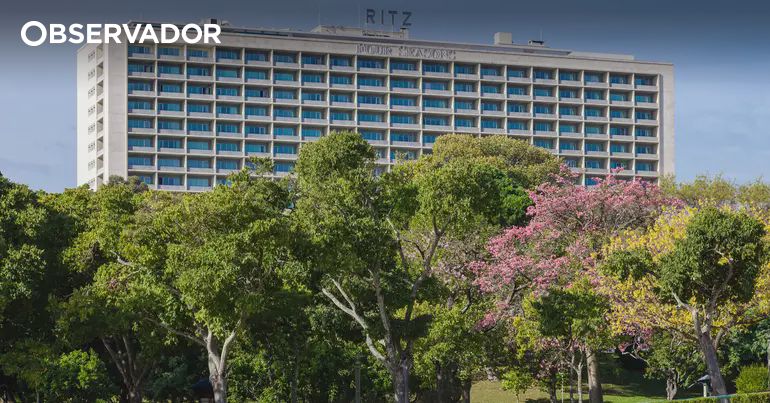
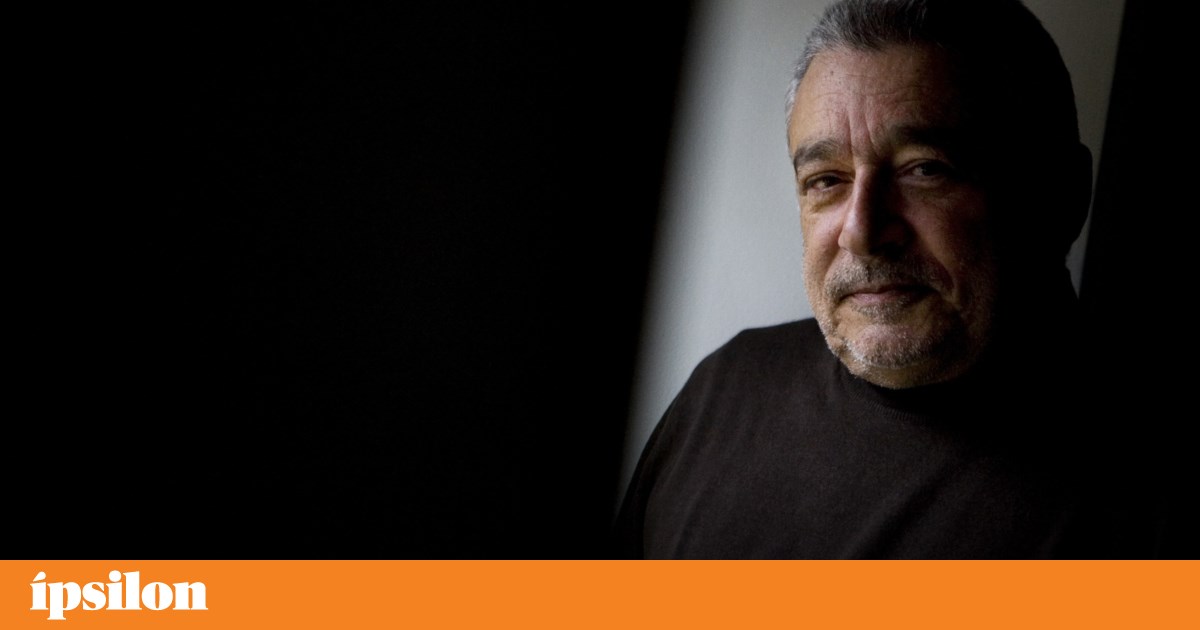

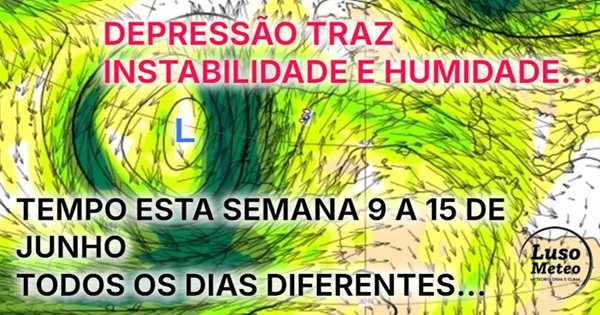


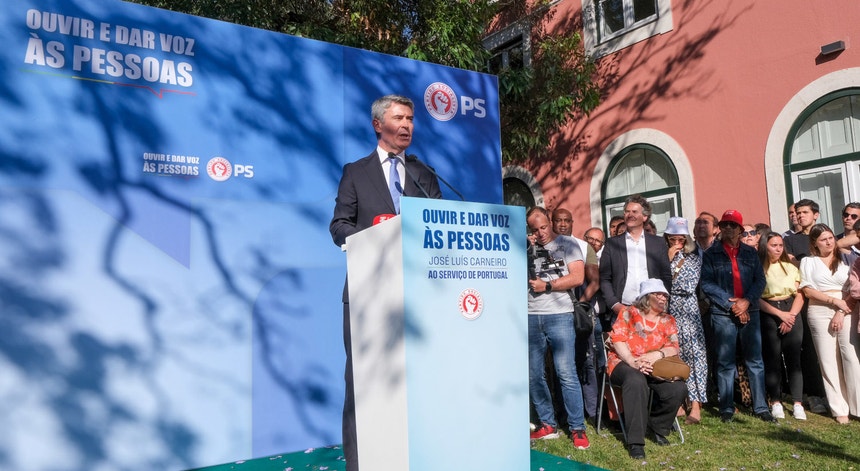


Comments
Join Our Community
Sign up to share your thoughts, engage with others, and become part of our growing community.
No comments yet
Be the first to share your thoughts and start the conversation!